The Pilots Who Risked Their Lives to Deliver the Mail
Being an airmail carrier was one of the most dangerous jobs in America.
 From left to right: Pilots Jack Knight, Clarence Lange, Lawrence Garrison, “Wild Bill” Hopson, and the administrator of the Omaha airfield, Andrew Dumphy. (All Photos: Courtesy of the Smithsonian National Postal Museum.)
From left to right: Pilots Jack Knight, Clarence Lange, Lawrence Garrison, “Wild Bill” Hopson, and the administrator of the Omaha airfield, Andrew Dumphy. (All Photos: Courtesy of the Smithsonian National Postal Museum.)
Often equipped only with the maps tied to their legs or crude navigational aids saying simply to “follow the tracks” of a railroad or to “fly a little west of south for nearly 10 miles or about seven minutes,” the earliest American airmail pilots, the self-declared “Suicide Club,” braved life-threatening challenges to carry the mail.
This group of civilians was the first to deliver postage regularly by air, and their job was no easy task. In fact, it was often deadly.
Starting in August 1918, the Post Office Department was tasked by the Army with hiring pilots, buying new planes to supplement the Army’s surplus World War I-era aviators, deciding routes, and negotiating with municipalities to build airports. At this time, just 15 years after the Wright brothers’ famously took to the skies, planes were flown for only two reasons: as an accessory to war, and to deliver the mail. Mailing a letter this way was expensive, too: the cost of sending a single letter by plane—a cross-country flight took around 29 hours then—started out at a whopping 24 cents, compared to 2 or 3 cents by train, which took about five days.
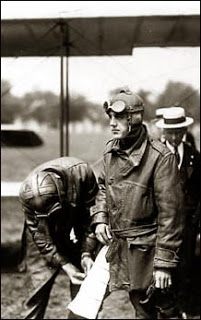 A pilot tying a map to a fellow pilot’s leg.
A pilot tying a map to a fellow pilot’s leg.The initial mail routes stretched between New York, Washington D.C., and Philadelphia, expanding to Cleveland and Chicago within the next year. In the early days of the Air Mail Service, risk was at an all-time high. From 1918 to 1926, there were 35 pilots who died trying to deliver the mail, with one death for every roughly 115,000 miles flown in 1919, and there were 15 deaths alone in 1920.
It was at the time one of the most dangerous jobs in the world, and the pilots knew it. The average flying time clocked by a pilot before death was estimated at only around 900 hours.
To do a job like this, black humor was sometimes necessary, says Nancy Pope, historian and head curator of the Smithsonian National Postal Museum. “One of the pilots was kidding around about it one day and said, ‘You know, we’re nothing more than a suicide club,’ says Pope. “It kind of became a badge of pride to these guys, that, you know, ‘We’re risking our lives to do our jobs.’”
 The leather mask worn by pilot Eddie Gardner to protect himself from the elements.
The leather mask worn by pilot Eddie Gardner to protect himself from the elements.Weather was by far the most crippling element. Torrential downpours, fog, storms, snow—all presented significant challenges to pilots sitting in open cockpits with no lights to guide them and no wireless weather updates to help them through wretched conditions. Most crashes and forced landings had weather to blame.
But Otto Praeger, Second Assistant Postmaster General, wasn’t convinced of the danger or simply didn’t care, according to Pope. He had a worldview limited to what he could see out of his Washington, D.C. tower. If the weather he saw was good, he thought, the pilots should fly. “He was very demanding of his pilots… All he cared about was that you kept to the schedule. And he drove that into his division superintendents, the guys who were across the country in all these spots. ‘Keep to the schedule! Keep to the schedule!’… Nothing else mattered,” she says.
“[The pilots] couldn’t necessarily convince Praeger, who had never been in a plane himself, and some of these other guys, of the dangers of flying. And so instead of just saying, ‘No, we’re not going to do it,’ they just got in the plane and did it.”
 Pilot Max Miller and his wife Daisy.
Pilot Max Miller and his wife Daisy.
But as fatalities racked up in the Air Mail Service, the pilots decided that something had to change and organized a strike in 1919. The press adamantly supported the pilots, and Praeger, after firing them, was forced to concede, allowing pilot administrators to make the final call about flying conditions in the specific locations in which they operated.
Avoiding nasty weather didn’t fix every problem, though. Pope says engineers and mechanics constantly had to adapt to the myriad problems the fledgling aviation industry presented to them in what became a sort of trial-and-error process. “Pilots were pretty much these test cases because they had to get the mail through. So they’re flying the mail, but as they’re doing it, they’re finding out that this doesn’t work, that doesn’t work. In some cases it’s a minor thing, and in some cases it’s going to kill them,” she says.
One such change was the addition of parachutes—they came after one pilot’s aircraft caught fire 500 feet above the ground and he died leaping from the burning plane.
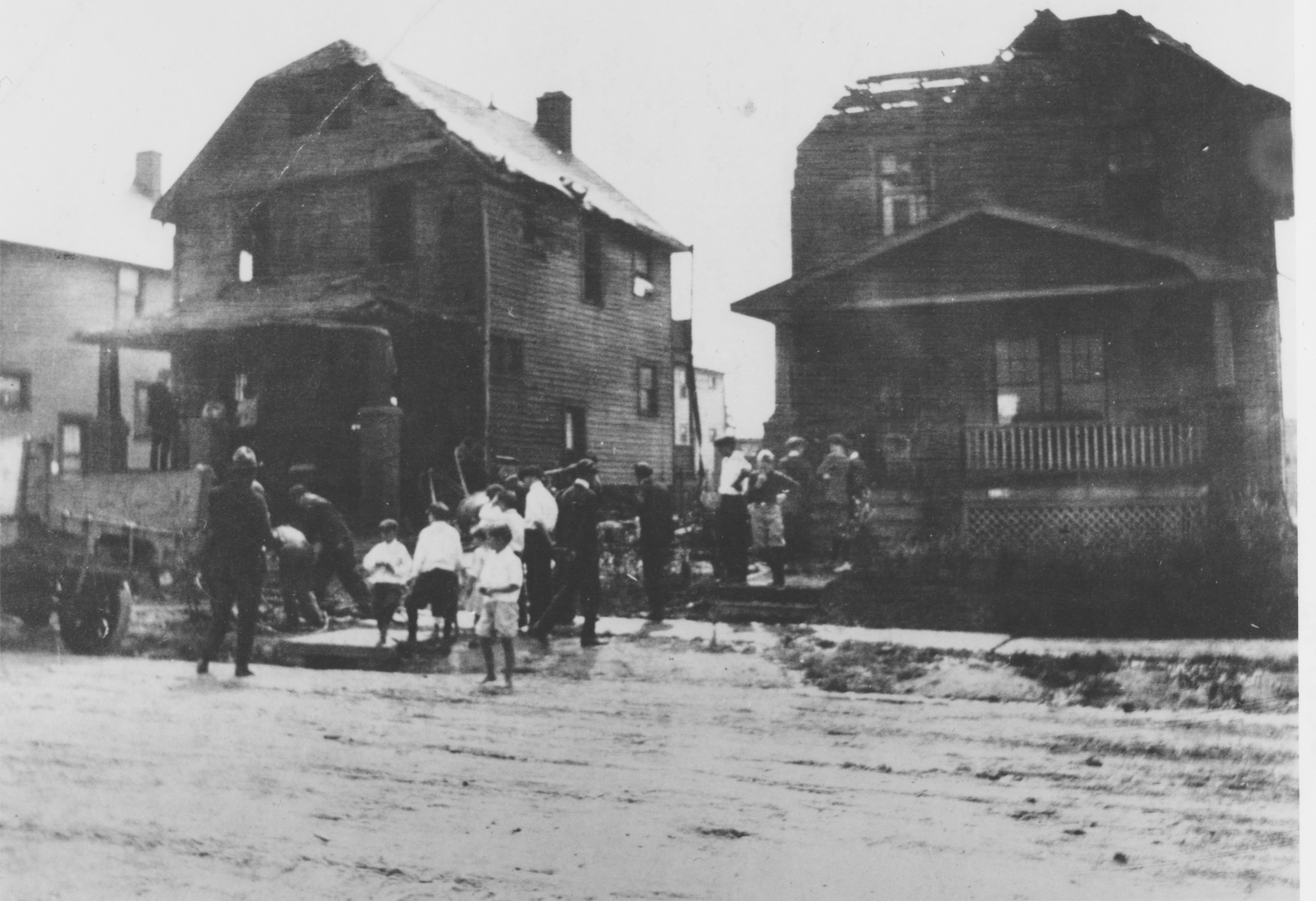 The crash site in Cleveland of Eddie Gardner, who survived.
The crash site in Cleveland of Eddie Gardner, who survived.
The aircraft used at the outset of the program were far from perfect. The initial planes in the fleet were Curtiss JN-H4 “Jennies,” which could only carry about 300 pounds of mail and had limited horsepower. As the service expanded to more cities, the fleet had to be updated. In came the de Havilland or DH-4. Used in England during World War I as a bomber, the plane had more carrying capacity, but the placement of the cockpit meant that in a crash, a pilot would become trapped between a burning engine and 500 pounds of very flammable mail, earning them the nickname “flying coffins.”
In 1919, the Post Office Department retrofitted all of the planes, moving the cockpit further back and extending the exhaust pipe more to reduce the amount of smoke in pilots’ eyes. After the update, the plane, now called the DH-4B, became the flagship craft of the Post Office Department.
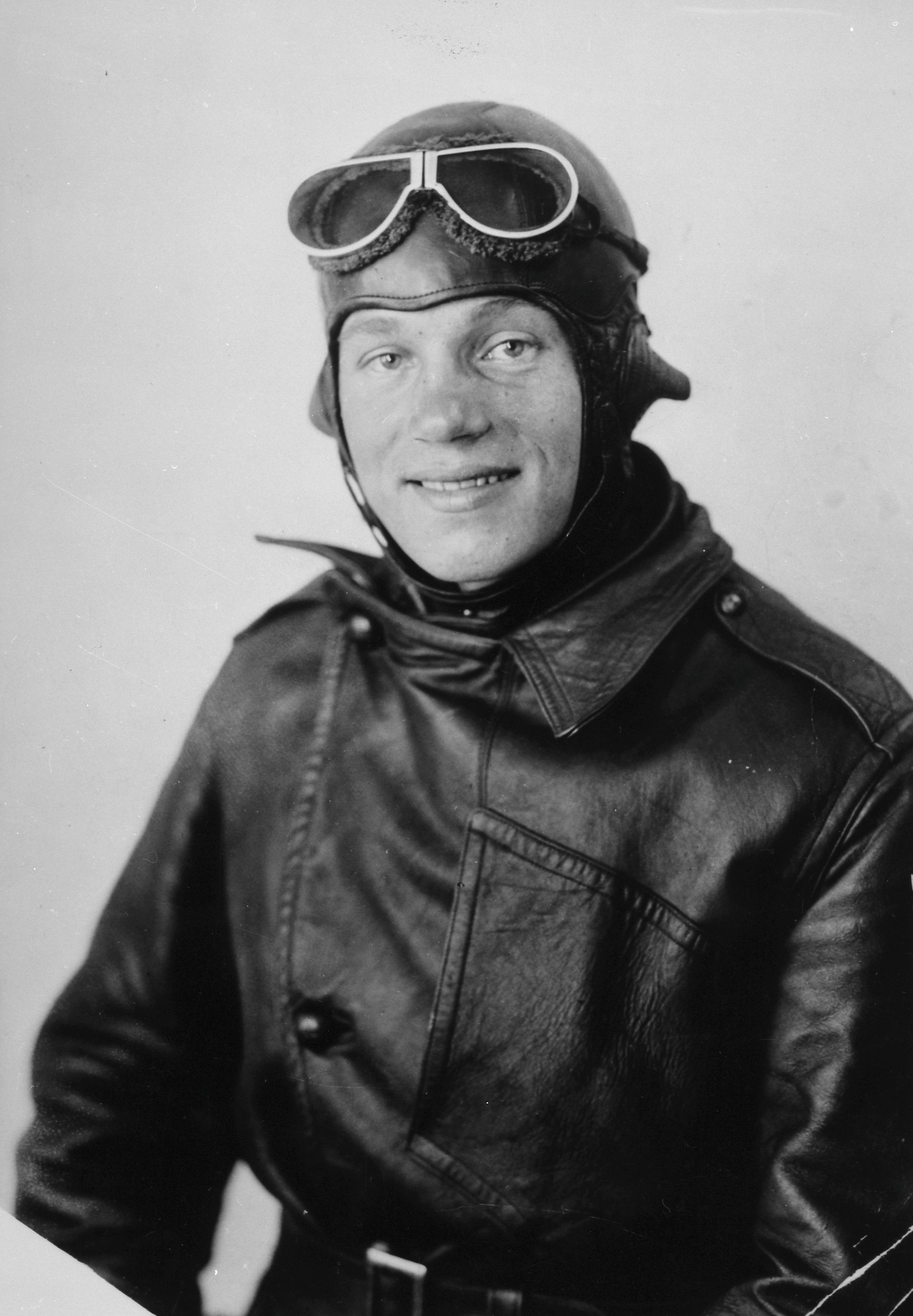 Max Miller.
Max Miller.
Max Miller was the first pilot hired by the Post Office Department in 1918. He flew successfully until September 1920, when a fire broke out in the engine of his plane, which did a nose-dive towards the ground. A subsequent explosion killed Miller and a mechanic on board immediately.
The second pilot hired was Eddie Gardner. He and Miller, a close companion and friendly rival before Miller’s death, competed often to find the best and fastest routes from city to city in battles encouraged by the Post Office Department.
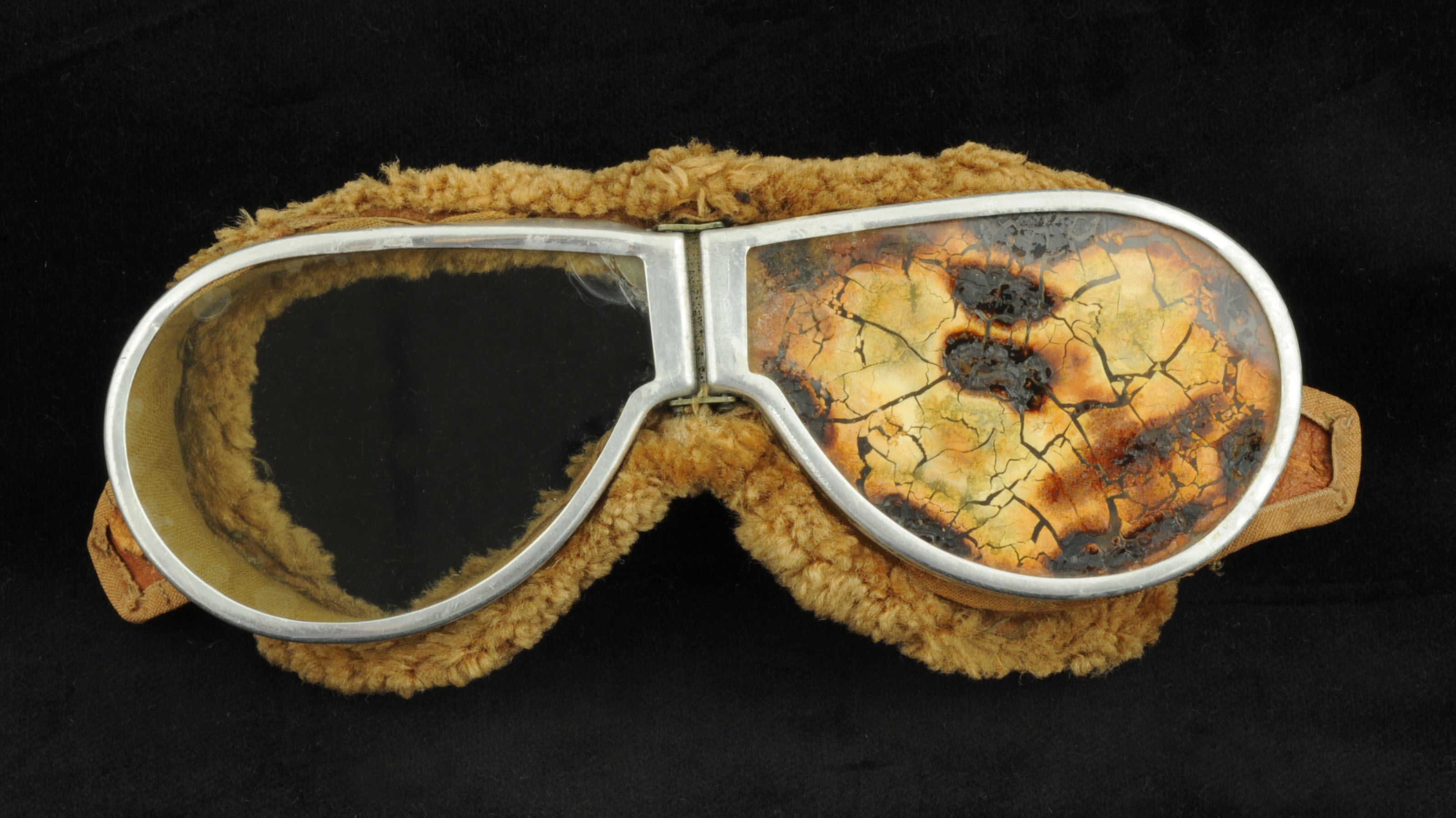 The goggles Eddie Gardner was wearing during his fatal crash.
The goggles Eddie Gardner was wearing during his fatal crash.
Gardner joined his fellow pilots in the strike but was never rehired by Praeger. Instead, he turned to barnstorming. In 1920 at the Kansas State Fair he met his untimely demise when a pair of goggles he had borrowed slipped down over his eyes as the plane’s joystick got stuck, sending him spiraling downward and unable to save himself.
Among the more famous pilots was “Wild” Bill Hopson, known for his goofy personality and way with the ladies—he had “lots of different girlfriends in lots of different cities,” Pope says. A regular stunt-puller, he earned a name for himself by trying to out-do his previous speed records, often somewhat recklessly.
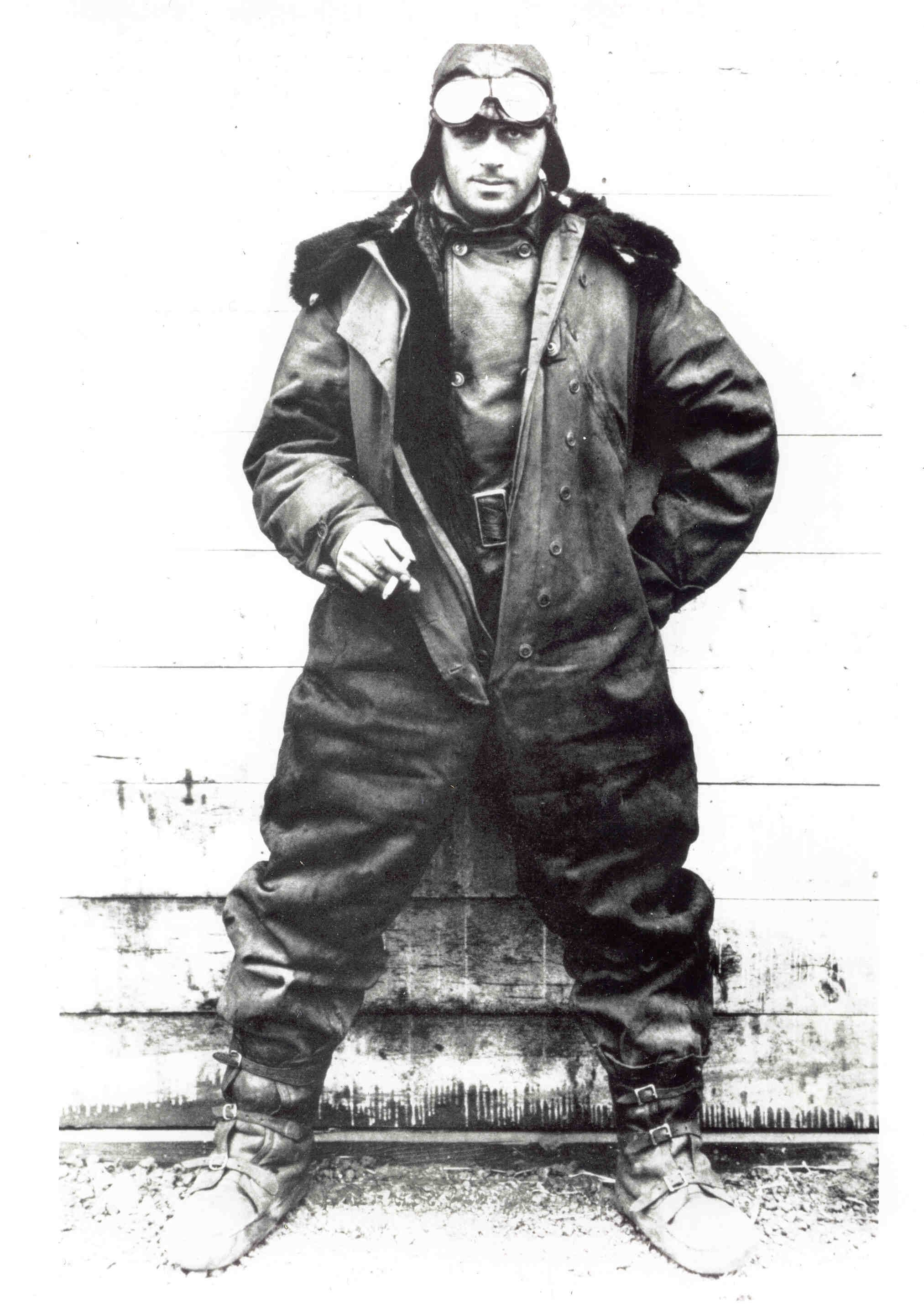
“Wild Bill” Hopson.
In 1927, the Post Office Department handed off of airmail delivery responsibility to private companies—carriers that would become the predecessors to airlines like Pan Am, Delta, United, American, and Northwest—and Hopson went to work for the National Air Transport Company, a private contractor, after logging just over 413,000 miles of flight with the Air Mail Service. But in October of 1928, he crashed and died while flying from New York to Cleveland with a small bag of diamonds. Although a decade had passed since those hellish early flights, the job was still highly risky.
But the crashes, the faulty mechanics, and the deaths all soon became a distant memory as private airlines, convinced of the business opportunities and ready to invest in the industry, took over routes and rapidly expanded service, improving the safety and reliability of their fleets along the way. By the late 1920s, passenger flight services were being marketed to consumers in America who needed to traverse the country faster than trains could take them.
Yet it was the Suicide Club that blazed the trail, establishing the foundations for the commercial aviation industry—and gambling with their lives—to deliver the mail. “Mail is not just the financial backbone of the nation, but it’s the communication backbone, too. It’s very important on emotional, financial, social levels,” says Pope. “So carrying it—the duty of carrying it successfully—was taken very seriously by these people.”

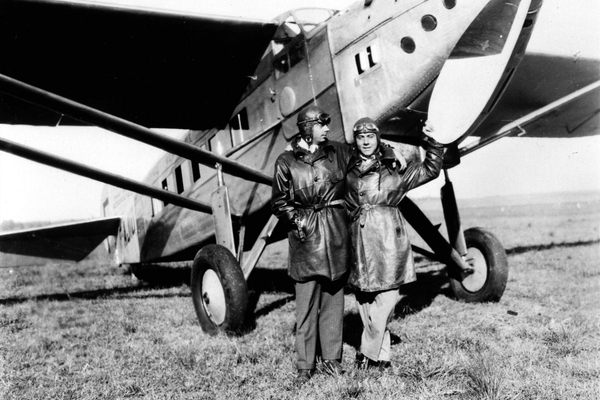















Follow us on Twitter to get the latest on the world's hidden wonders.
Like us on Facebook to get the latest on the world's hidden wonders.
Follow us on Twitter Like us on Facebook